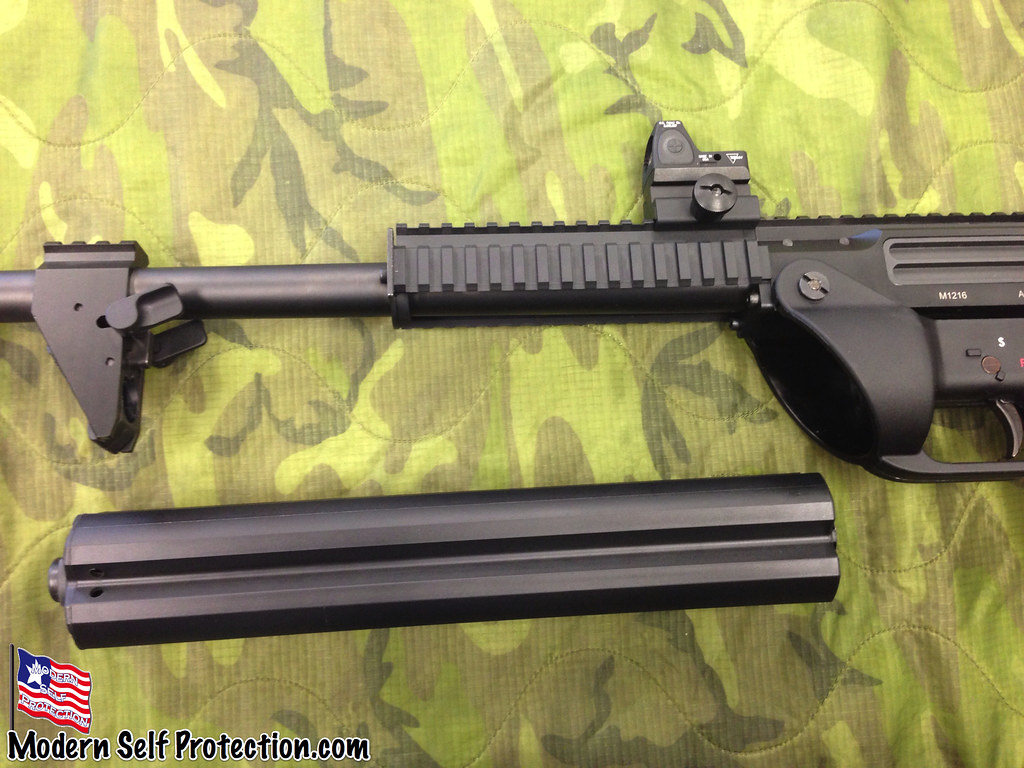
The value to gaming PCs just isn’t there, especially when early adopters will likely still be reeling from the cost of switching to a CPU and motherboard combination that's compatible with PCIe 5.0 SSDs in the first place. When the next fastest SSD among the T700’s rivals is the Kingston Fury Renegade, at 1834MB/s, this new storage interface does seem to have its uses.įor so much money, though, the T700 is a long way from feeling like a must-have upgrade. AS SSD has another, copying-based benchmarks for this very purpose, and the T700 does shine here: the standard model could move game files at 3622MB/s, while the heatsink model scored 3964MB/s.

I can broadly see the point to an SSD that prioritises general file-shifting over having the absolute greatest games performance lord knows I’ve spent more time than I’d like waiting for progress bars to turn from white to green. Crucial advise against running the T700 with any heat dispersion at all. It’s not a particularly encouraging sign of PCIe 5.0 sustaining its high speeds outside of certain transfer workloads. That’s no quicker than Crucial’s own P3 Plus, which is otherwise the worst performer of the bunch for random read speeds. Instead of closing the gaps, these new T700 models are even slower, with the mobo-cooled drive taking 7.3s and the heatsink version taking 7.4s. The preview T700 went from menu to game in 7s flat, which wasn’t sluggish but did fail to beat the Black SN860x’s 6.7s and the 99 Pro’s superlative 6.6s.
#Rambox review shotgun pro
That managed 4045MB/s, though that still wouldn’t be enough to catch up with the Black SN850x and Pro 990.Īnother odd downgrade was evident in the Shadow of the Tomb Raider loading time test. Their random write speeds in CrystalDiskMark were even worse – I’m not sure why, but these sub-3000MB/s results are significantly slower than how the early production sample fared in the same test. In both the CrystalDiskMark and AS SSD random read tests, both flavours of T700 are undoubtedly fast, just not anywhere near as fast as they’d need to be to justify costing twice as much as the rival SSDs they only sometimes beat. Motherboard: Asus ROG Maximus Z690 Hero.Click to embiggen! The RPS storage testing PC: Sadly, in random read/write tests that better reflect the messy nature of file storage, the T700’s gleaming new interface often has little to show over what came before. This setup actually outperformed the heatsink model, very slightly, in most benchmarks – though the latter would be essential if installed on a mobo without similar heat spreaders. Some kind of cooling system for the T700 is essential, but the passive heat-spreading pads on my motherboard’s PCIe 5.0 adapter card were enough to stop the drive from overheating. PCIe 5.0 SSD coolers with tiny fans have been floated, but the T700's is a purely passive cooler. And even in the slightly tougher AS SSD sequential benchmark, the T700 still soared over high-end competition like the Black SN850x, Samsung 990 Pro and Crucial P3 Plus.

CrystalDiskMark’s sequential file transfer tests confirmed that the T700’s official, outrageous read and write speeds (12400MB/s and 11800MB/s respectively) can indeed be achieved outside of a lab. That’s not to question how much faster PCIe 5.0 is favourable conditions. When you can get a 2TB WD Black SN850x for £150 / $141, and it loads games faster than the T700 even with its now-outdated interface, Crucial’s SSD looks like it will mainly just cater for those with more PCIe lanes than sense.

The 2TB version I’ve used for this review, meanwhile, is £330 / $340 without a heatsink and £360 / $370 with one. The absolute cheapest T700, with a 1TB capacity and no fitted heatsink, starts at £175 / $180 – more than twice that of a top-quality 4.0 NVMe drive.


 0 kommentar(er)
0 kommentar(er)
